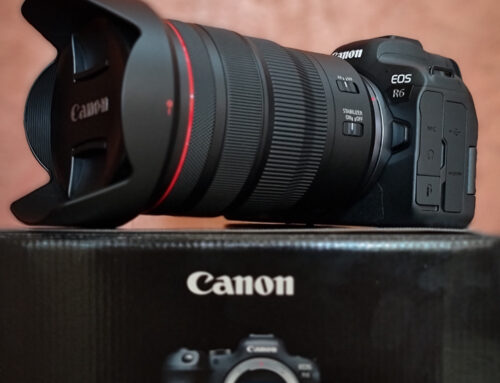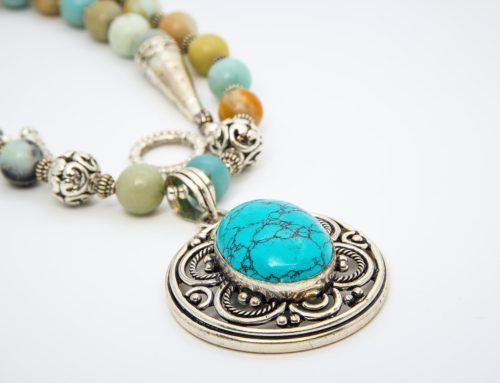
This is the 2nd in the 3 Part Series on Flash Photography. Let us speak the flash jargon..
Guide Number
The power of the flash. The GN is measure of the distance at which the flash can illuminate a subject.
The guide number denotes the flash to subject distance in both feet and meters.
The mathematical formula for calculating flash guide numbers:
Guide Number = Flash to Subject Distance [in meters/ft] x Aperture [F-Stop]
at ISO 100
Please note that raising the ISO sensitivity allows subjects to be photographed at a greater distance.
TTL/ETTL – Through the Lens!!
The flash determines its output based on 2 main factors. Based on the aperture (how much) and the focal length (how far) the lens is set to.
I repeat, raising the ISO sensitivity allows subjects to be photographed at a greater distance.
Sync Speed
When do we need the flash to work..during an exposure ..right? So the flash has to fire when the shutter is open. If the shutter speed is increased the flash exposure should continue to occur within the shutter operation (first curtain opens/rear curtain closes) and both speeds should be in sync. Most on-camera flash has sync speed of 1/200 or 1/250.. meaning if your shutter speed goes faster than 1/200 or 250, the flash will not be able to fire the light and make a clean exposure within the limited time the fast shutter allows and thus goes out of sync.
The external flash guns have sync speeds even up to 1/8000 shutter speeds. But remember, such fire power comes with the cost; the battery drains fast. So the flash have more number of batteries and thus heavier. With the Strobes, powered by bigger batteries and/or local electrical power supply, you have a huge advantage with flash sync.
Flash Exposure
The flash exposure can either begin at the start of the shutter exposure or at the end.
When the flash function is set to 1st Curtain Sync; the flash fires right when the shutter (leading curtain) opens at the beginning of the exposure. The flash exposure is either calculated automatically when set in TTL/ETTL mode or it can be manually set. If the flash is set to 2nd Curtain Sync, the flash fires at the end of the exposure when the shutter is about to close.
Ambient & Flash Light
We should not forget the ambient light while using flash light. To master lighting, one should combine the ambient and flash light together in such a way that the image has just one light. The ambient and flash light can merge so well that nobody can make out that a flash has been fired and the effects of the ambient light is not lost as well.
Flash Exposure Compensation
This function is a fast fix. If you feel the exposure decided by ETTL is inadequate or more, you can set a compensation for the flash exposure.
Remember the ambient and flash exposures, so you also have 2 different compensations.
Yeah, the exposure compensation and the flash exposure compensation.
The exposure compensation works by adjusting shutter when working in Aperture Priority mode or adjusting aperture while working in Shutter Priority mode to change your exposure to a +ve or -ve stop.
Manual Flash
This is where the fun begins.
When you want to control your exposure and all the functions of your camera then why not learn to use the flash manually.
The first thing to do is step out of ETTL. You will get a range of flash outputs starting with 1/1 – full output based on the *Guide Number of the flash. Rest are a fraction of the full, e.g., 1/2, 1/4…1/128.
Experiment and decide on the output that you would want to set for the shot to achieve the lighting mood you feel will work for the scene.
Fill Flash
Many cameras have this as one of the variants of auto flash mode. Don’t fret if it is not there in your camera.
You can still get the flash to work as a fill flash if you get to know how to work it.
General purpose of the flash is for lighting up the subject..correct!!
Use the flash for the purpose to light up the shadows on the subject instead and retrieve the details lost/hidden in the shadows.
You would want to also use fill flash when your subject is backlit or situations when the subject has lots of shadows like when wearing a cap (the visor of the cap throwing shadows on the face).
In backlit conditions, ensure that the exposure values (shutter/aperture/ISO combi) expose the background correctly while the low flash output exposes the subject (in the foreground) adequately.
Recycle Time
The time taken for the flash to come back to a full power output after it has fired. While the proprietary flashes have a recycle time of a second the 3rd party flashes have a recycle time of 3 secs and more. Many 3rd party flashes can come with a function to fire the next output sooner than 3 secs but the output might not be optimum.
Zoom Head
The onboard flash does not have this function. The lighting element on the external flash gun can move back and forth automatically or manually.
When set to auto zoom, the flash reads the Focal length set on your lens and automatically zooms the flash element out or in.
Don’t think of lighting up the moon now..
Power
While the on-camera flash sips the power from the camera’s battery, the external flash gun has it’s dedicated power supply; either 4 AAA batteries or a Li-ion battery pack. The external flash guns can also have the option to be plugged to a local electrical power supply through a convertor.
Though the onboard flash is conveniently tucked in on top of the camera and light weight but doesn’t adequately light up the subject all the time. You will have to decide using your onboard flash and click less images as your battery will drain out fast or shoot more images and lose out on lighting unless you have additional camera batteries. With the external flash gun’s dedicated power, it weighs more but you don’t have to worry about lighting and/or draining your camera’s battery.
Accessorise.. did I say 10 things when we started…
And you thought flash itself is an accessory….
Accessories of the flash could be a white visiting card or a DIY diffuser or an high end silicone with its paraphernalia.
The 3rd Series on Flash Photography is coming up soon.
Photography is a Play of Light.. have fun with your flash….






Thanks for the insightful article.
You are welcome, Hari!!
It’s very helpful thank you sir for always inspiring us……
Thanks Anand!!